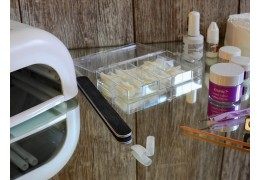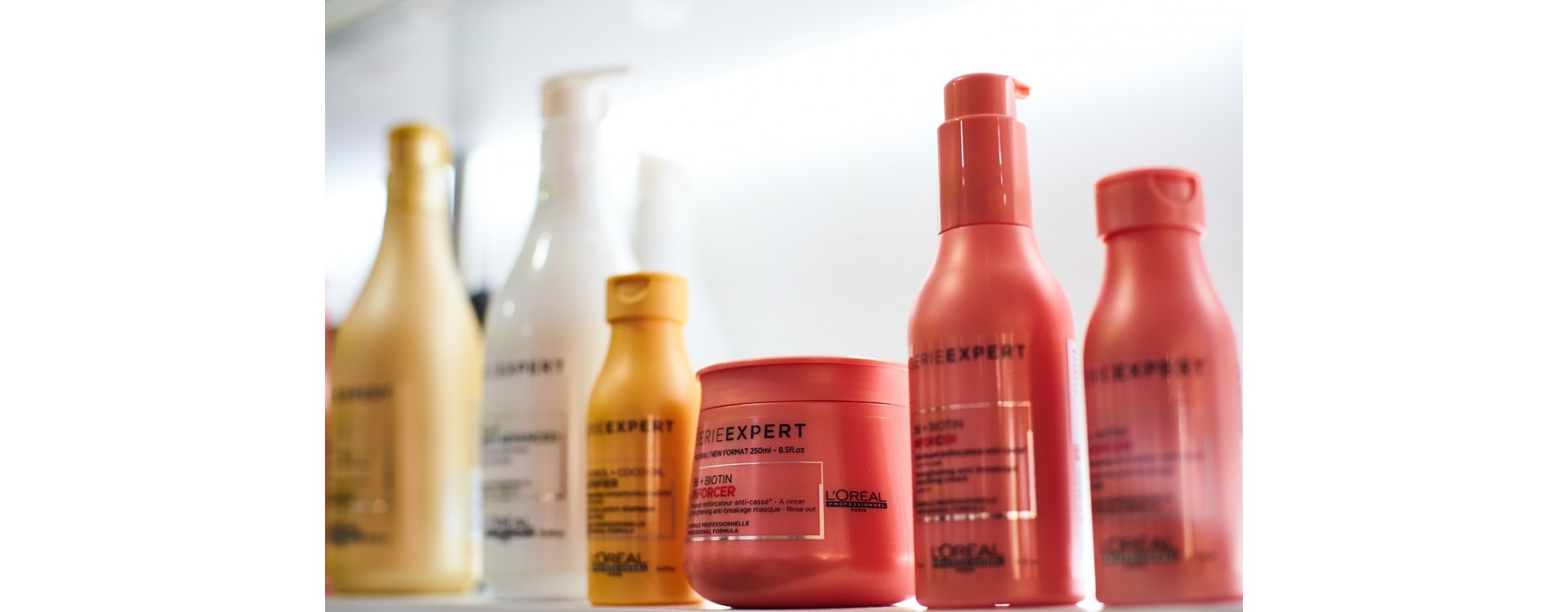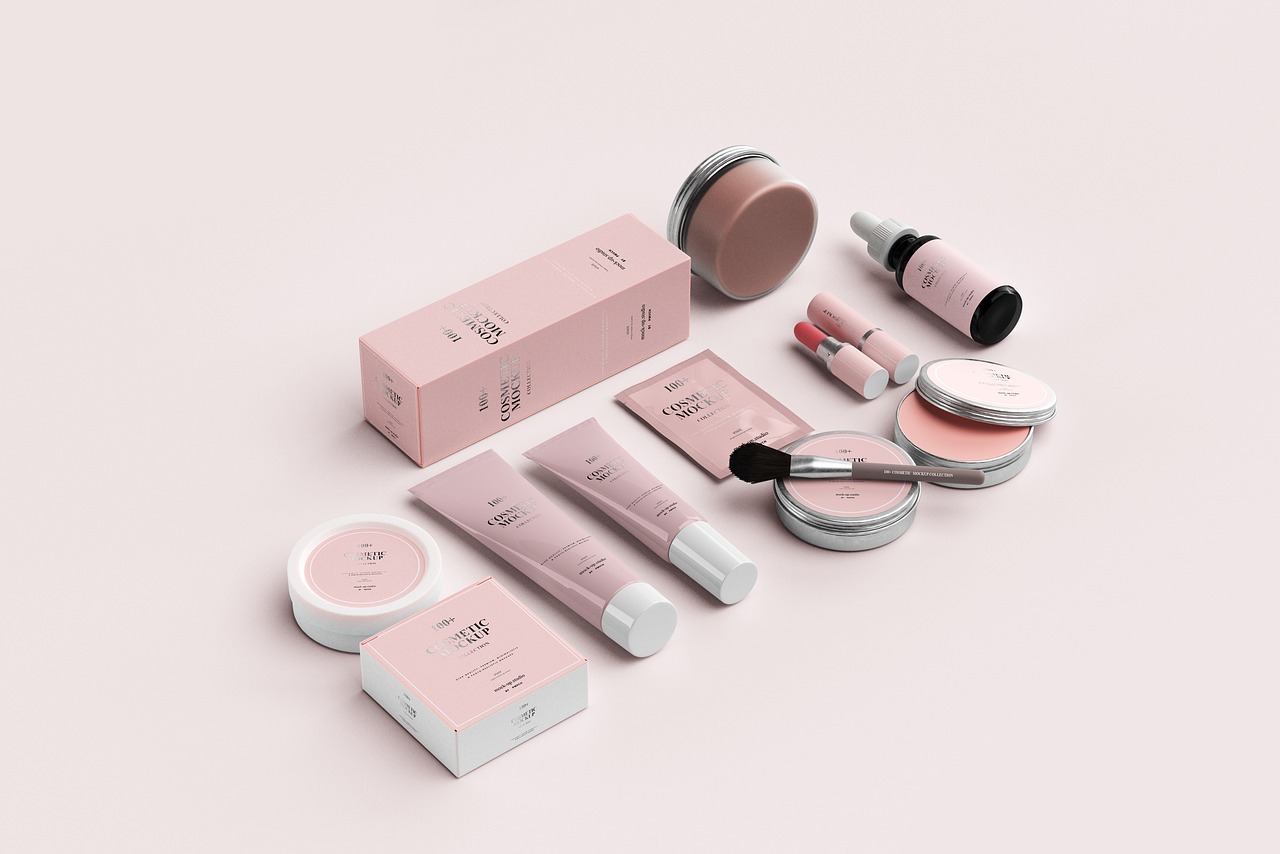Blog categories
Search in blog
Popular posts





Featured posts






Cosmetics are an integral part of our daily skincare routine. They are designed to help us take care of our skin, hair and overall appearance. However, it is often difficult to understand what these products actually contain and how they can affect our health and well-being. This is why it is essential to know how to read the labels of our cosmetic products. In this article, we'll give you practical tips for deciphering labels and making informed cosmetic choices.
The list of ingredients is one of the most important elements of a cosmetic product label. It lists all the components present in the product, from the highest to the lowest in terms of concentration. In general, the higher an ingredient is on the list, the higher its concentration in the final product.

It is essential to recognize some key ingredients that can have an impact on your skin or your health. For example, look for ingredients such as sulfates, parabens, phthalates, and silicones.
These substances can be potentially harmful and cause allergic reactions or skin irritations. If you have specific concerns, do not hesitate to consult a dermatologist for advice adapted to your skin type
Many cosmetic products display certifications and labels on their packaging. These indications can be useful in identifying products that meet certain quality standards or are ethically produced. Common certifications include organic label, cruelty-free label, and cruelty-free label.
However, it is important to know that not all products are required to carry these certifications, even if they meet quality standards. Therefore, do not rely solely on certifications, but also carefully review the list of ingredients to ensure that the product meets your expectations.
Cosmetic manufacturers often use enticing terms on their packaging to attract consumers. It is important to understand that some of these terms can be misleading. For example, the terms "natural", "organic" or "hypoallergenic" are not strictly regulated, which means that they can be used subjectively.

To avoid misunderstandings, focus on the ingredient list rather than the marketing terms. If you're looking for truly natural products, look for ingredients like coconut oil, argan oil, or shea butter. These ingredients are often more beneficial to the skin than synthetic chemicals.
In addition to knowing how to read the labels of your cosmetic products, it is also useful to know some other important points. First, familiarize yourself with the shelf life of products.
Most cosmetic products have a shelf life after opening (PAO) indicated on the packaging as an open jar symbol followed by a number of months (eg 12M for 12 months). Respecting this period is essential to avoid the use of expired products which could cause irritation or infections.
Next, pay attention to any specific precautions or warnings on the label. Some products may be intended for specific uses or have restrictions due to their ingredients. For example, some products containing exfoliating acids may not be recommended for people with sensitive skin or special skin conditions.
Finally, keep in mind that reading labels is an initial step, but it alone is not enough to guarantee the quality or effectiveness of a product. If you are experiencing persistent skin problems, allergic reactions or special concerns, it is recommended that you consult a qualified healthcare professional, such as a dermatologist. They will be able to assess your individual situation, provide personalized advice and recommend the most suitable products for your specific needs.

In summary, knowing how to read the labels of your cosmetic products is essential to making informed choices when it comes to personal care. Understanding the ingredient list is crucial for identifying potentially harmful or allergenic substances. Be mindful of ingredients such as sulfates, parabens, phthalates, and silicones, which can cause skin issues. Remember that the concentration of ingredients decreases as you go down the list.
In addition to the list of ingredients, take into account the certifications and labels on the packaging. However, keep in mind that these certifications are not mandatory for all quality products. So be sure to check the ingredients carefully to make sure you choose a product that meets your expectations.
Also beware of misleading terms used on packaging. The terms "natural", "organic" or "hypoallergenic" are not strictly regulated, which means that they can be used subjectively. Instead, focus on the actual ingredients and look for products that contain natural ingredients that benefit your skin.
Finally, don't forget to consider your skin type and your specific needs. Each person has different skin care characteristics and concerns. If you have any questions or concerns, consult a dermatologist who can provide advice specific to your situation.
Reading the labels of your cosmetic products is an invaluable skill for taking care of your skin and your health. Understand the ingredients, beware of misleading terms, and look for certifications you can trust. Make informed choices for a skincare routine that matches your individual needs. Your skin deserves the best, so take the time to decode the labels and choose quality products.